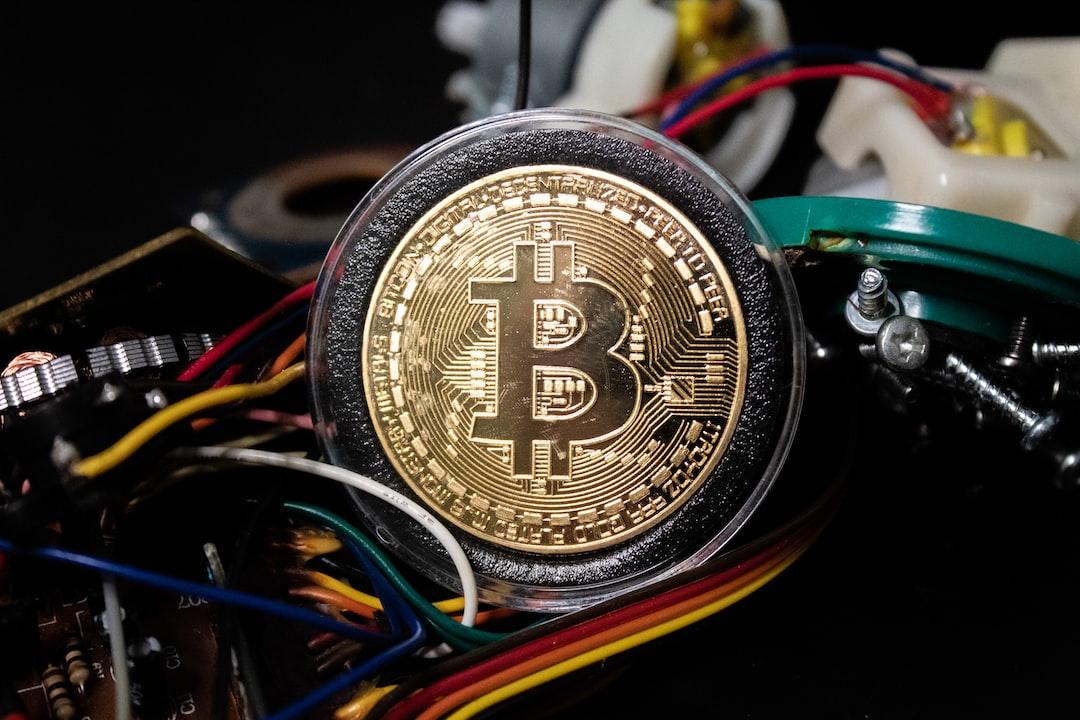First and foremost, I would like to express my gratitude to @gpestana for his invaluable support during the calculation process. He utilized code that closely resembled the actual implementation and made significant contributions to this analysis. I would also like to thank the Parity data team for providing additional data support.
Overview
In a previous article (details can be found at: https://forum.polkadot.network/t/adjusting-polkadots-ideal-staking-rate-calculation/3897), I proposed a change in the calculation method for the ideal staking rate to drive the ideal staking rate up as tokens flow into the staking system following large-scale unbonding events from the initial batch of parachain auctions. Our goal is to keep the staking rate below the ideal staking rate, rather than exceeding it (for more details, please refer to the previous article). Naturally, the community quickly rallied together and approved this change through OpenGov. In this article, I aim to reflect on this change and compare stakers’ rewards in actual scenarios with those in simulated scenarios without the implementation of this change. It is important to note that Polkadot’s inflation is fixed, so every token not allocated to stakers will flow into the treasury.
Data
The graph below illustrates the changes in the staking rate and the two ideal staking rates (actual and simulated) following the implementation of the change for a period of time. As we can see, the change indeed significantly increased the ideal staking rate. However, it took quite some time for the staking rate to catch up.

Personally, I had expected the staking rate to increase faster than it did in reality. However, the network went through a period where the staking rate grew slowly, even decreasing by the end of February 2024. Since April 2024, though, the staking rate has shown a steep and stable growth trend, gradually approaching the ideal rate. The graph below shows the net earnings of stakers (nominators + validators) between the actual and simulated scenarios. Values below 0 indicate that stakers received fewer tokens compared to the simulated configuration (hence, more tokens were transferred to the treasury).

As shown in the graph, despite taking some time, especially more recently, the effects of the change have fully manifested, protecting stakers from excessive reward losses. The total difference in rewards between actual and simulated (as of June 8th) is approximately 27,000 DOT. Stakers’ net earnings continue to increase and have just turned positive at the time of writing this article. As shown in the graph, the increase in earnings for stakers per era (i.e., per day) is currently around 150,000 DOT compared to the situation before the change. Over time, the positive impact of this change on stakers will continue to grow.
Conclusion
In conclusion, while the rate of staking increase was slower than expected, the net earnings from implementing the change have turned positive and are expected to significantly accumulate with each passing day. This change has proven to be beneficial for stakers in the long run, safeguarding their rewards and ensuring that the staking system can adapt as parachain slot auctions gradually phase out to support Agile Coretime.
To participate in the discussions of this article, feel free to share your thoughts on the forum: https://forum.polkadot.network/t/reflecting-on-changing-the-ideal-staking-rate-calculation/8576
For guidance on how to engage in forum discussions, please refer to our released guide on using the Polkadot forum: “How to Participate in Polkadot Discussions: Polkadot Official Forum User Guide”

